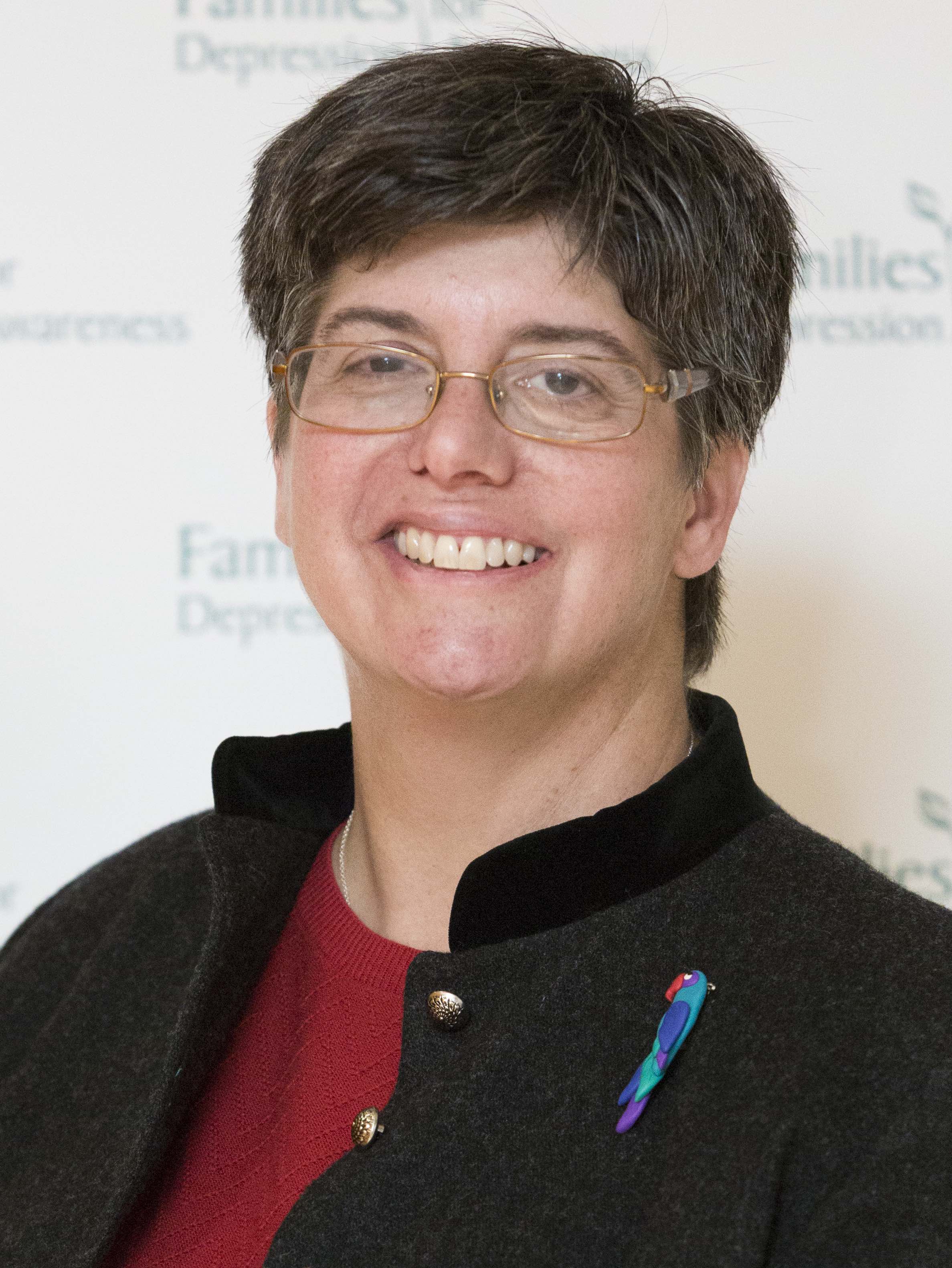Dr. John Greden. M.D.
Executive Director of the University of Michigan Comprehensive Depression Center
Today we continue our interview with John Greden of the National Network of Depression Centers. NNDC is a 21 member institution representing the top academic medical centers in the country focused on providing excellence in the advancement of treatment for depression and bipolar disorder. We ended our previous post with Dr. Greden identifying issues that can be barriers to innovation.
Say Hello to the National Network of Depression Centers: Part II
CFYM: Dr. Greden, you’ve shared with us some pretty radical ideas on how to shake up the way mental health services are delivered. However you also explained that current methods of research and funding can be barriers to implementing these ideas. How does the existence of NNDC help address these issues?
JG: NNDC’s size, geographic diversity, and multidisciplinary approach give us broad research expertise and the ability to implement research findings into the community. Our research and experience both benefit from having a large and diverse patient population of people living with mood disorders. This strategy increases the chance of research results being applicable to most patients in the community setting. For example, 12 in every 100,000 persons is the current rate for suicide in the United States. If you’re trying to study suicide in a small area or small practice, the numbers won’t be very high. But if you study suicide through a large network, you have the numbers needed to identify statistically significant clinical approaches. That’s exactly what we are doing through our NNDC suicide prevention group.
Similarly, there’s not enough known about mood disorders in underserved minority populations. There are cultural barriers to even acknowledging the existence of mood disorders in some ethnic populations. We are working with Latinos and African Americans to help them recognize the symptoms of mood disorders, understand how to go about seeking help, and getting past the stigma that leads to denial.
CFYM: The issue of stigma associated with mood disorders remains a big problem. Do you see it changing or diminishing at all?
JG: It’s certainly changing among younger people. Today’s college population is far more open to talking about mood disorders and seeking help. They don’t see it as something to keep hidden. But stigma remains for many older people and, among some ethnic groups there is a cultural taboo around acknowledging or admitting to mental health issues. However, we mental health professionals have to take some of the blame for the continued stigma. We have a peculiar culture that conveys that mental health care must be treated as more confidential than other health care when really it’s just another ailment that needs medical attention. We need to be able to talk about it as we do about arthritis or diabetes and take a matter of fact approach to it instead of hiding it away. “Hiding it away” from other clinicians or family members only encourages stigma.
CFYM: Can the readers of CFYM support your work in some way?
JG: Yes!
- Please provide feedback in the comments about what you have or wish to have learned from this interview.
- I encourage everyone who cares about mood disorders to be ready to talk about them openly. Don’t continue down the path of making mood disorders something shameful … something that has to be hidden. If we talk about depression in the same way we talk about arthritis, then we effectively “reduce” it to just another ailment, not some big shameful secret.
- Become an advocate! It can be as simple as sharing information with others or as active as really looking at where you can lobby on issues related to mental health in your state. We must work with our legislators to change policy.
Finally, we welcome partnerships in the CFYM community as we move forward with our research.
Your Turn
- Have you benefited from collaborative treatment?
- Have you experienced challenges or obstacles to this approach?
- How can payors better support collaborative treatment?
- Is stigma a barrier to treatment?









nike a talon
Howdy! This article could not be written any better! Reading through this article reminds me of my previous roommate! He always kept talking about this. I am going to forward this article to him. Pretty sure he will have a very good read. Thanks for sh…